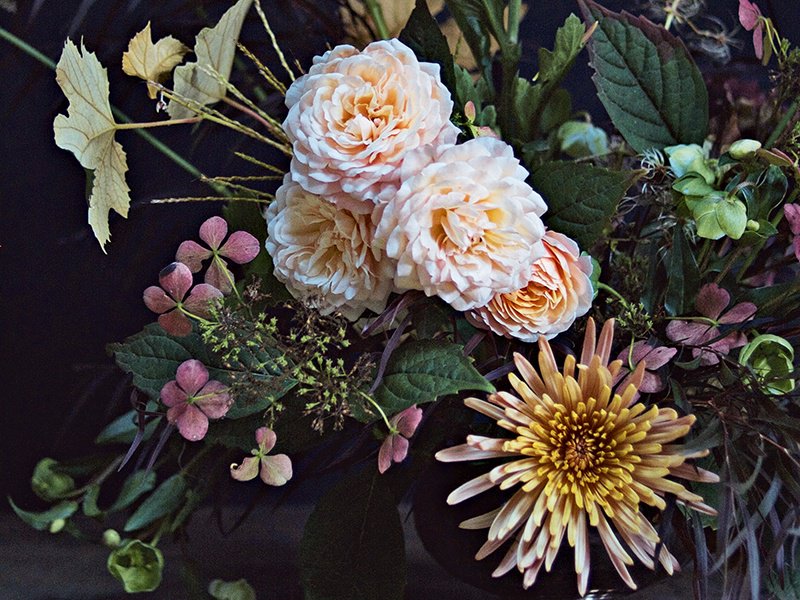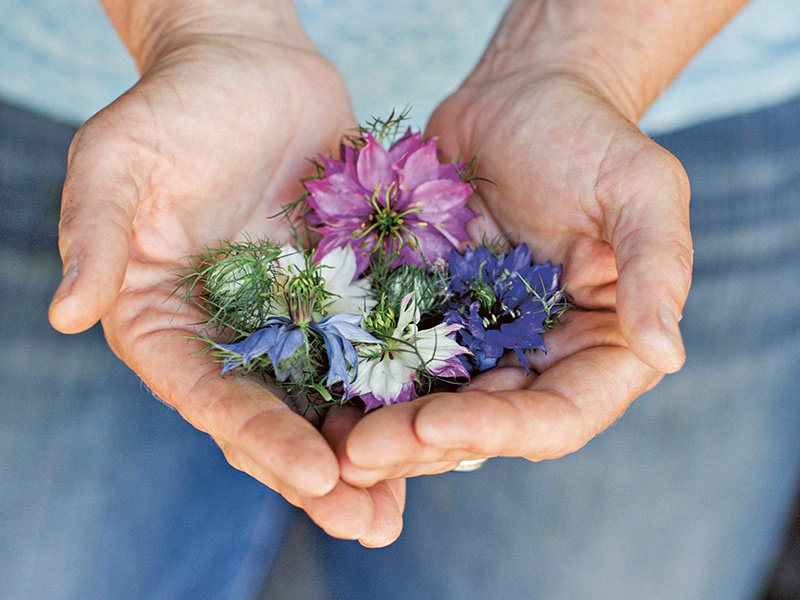How to Grow a Flower Cutting Garden
A cutting garden that stands apart from ornamental beds and borders lets you have a home full of beautiful blooms all year round—all you need is a little careful planning
A cutting garden that stands apart from ornamental beds and borders lets you have a home full of beautiful blooms all year round—all you need is a little careful planning
Harvesting armfuls of fresh flowers from your garden—like growing vegetables and picking fruit from your own trees—gives the joy of growing real purpose. The reaction against wasteful “flower miles” means cutting gardens are enjoying a resurgence: traditional flower farms are springing up again, and flower fields for cutting are being designed into large gardens and country estates. We asked the experts how to plan the perfect garden for fresh, seasonal blooms throughout the year.
1. Plan your plot
You’ll need a sunny spot with fertile, well-drained soil, ideally shielded from the rest of the estate—low evergreen hedging or a picket fence works well. Professional growers recommend you work in simple rectangular blocks or rows, with practical consideration given to maintenance. Ease of reach is a priority.
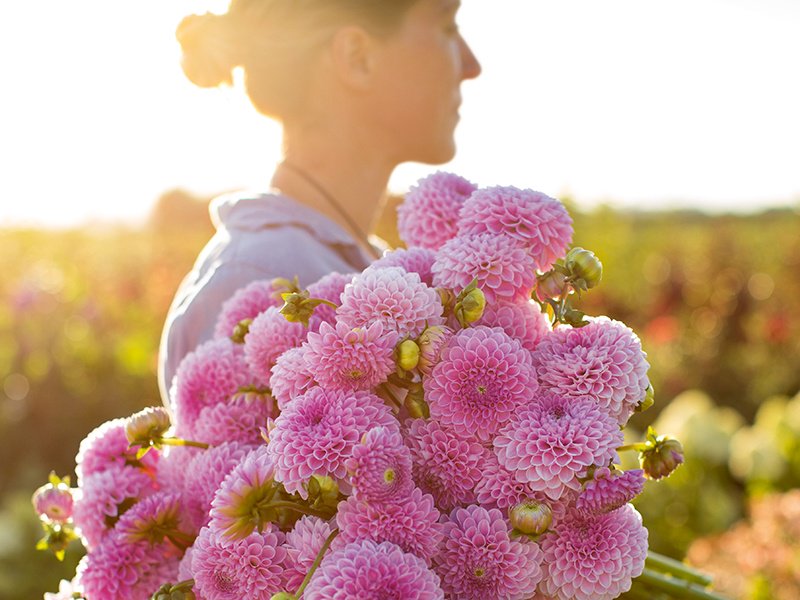
We grow our flowers organically, so compost, natural fertilizers, mulch, and foliar compost tea treatments are essential items in our toolbox
2. Protect and nourish
Protecting your cutting garden from hungry deer, rabbits, and woodchucks is another consideration, along with soil nutrition and irrigation. At Floret Flower Farm, Benzakein nourishes the soil every season: “We grow our flowers organically, so compost, natural fertilizers, mulch, and foliar compost tea treatments are essential items in our toolbox.”

3. Make it beautiful
Blocks of single plants, grown en masse, create the greatest impact: English gardener and author Sarah Raven advocates placing blocks of stronger colors in the foreground, with whites and pale colors fading off into the distance; Murphy recommends planting young seedlings of small plants seven to nine inches apart, and larger varieties a foot apart.
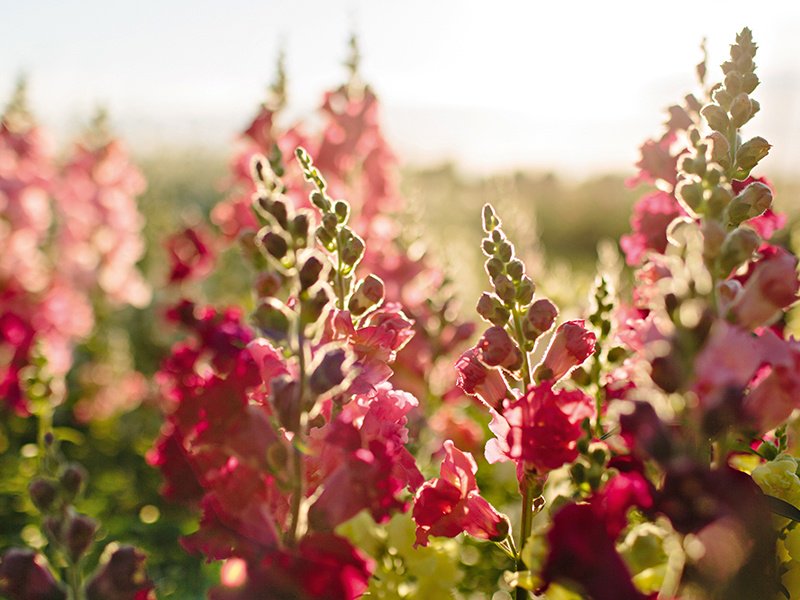
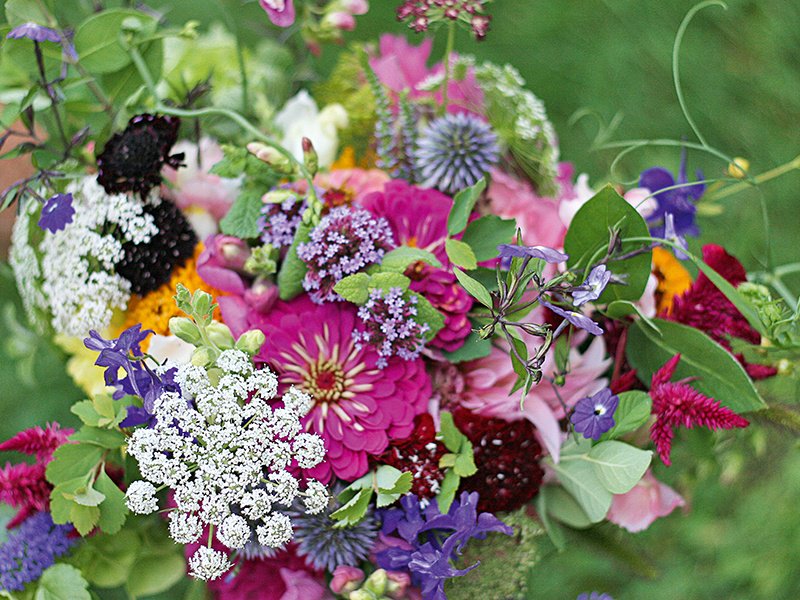
We cut our flowers first thing in the morning or at dusk, and we always put a drop of bleach in the vase water
5. Timing is everything
Day has a clever suggestion for year-long displays: “Choose a minimum of three flowers for each growing window,” she says. “In other words, three flowers that will bloom in early spring, three for mid-spring, late spring, early summer, and so on. This simple approach will give you a continuous supply of blooms throughout the season.”

6. Keep it clean
Murphy recommends “clean-cutting” to help your flower display look beautiful for longer. “We clean every item that will touch the flower stems with bleach, including secateurs and containers,” she says. “Ideally, we cut our flowers first thing in the morning or at dusk, and we always put a drop of bleach in the vase water.”
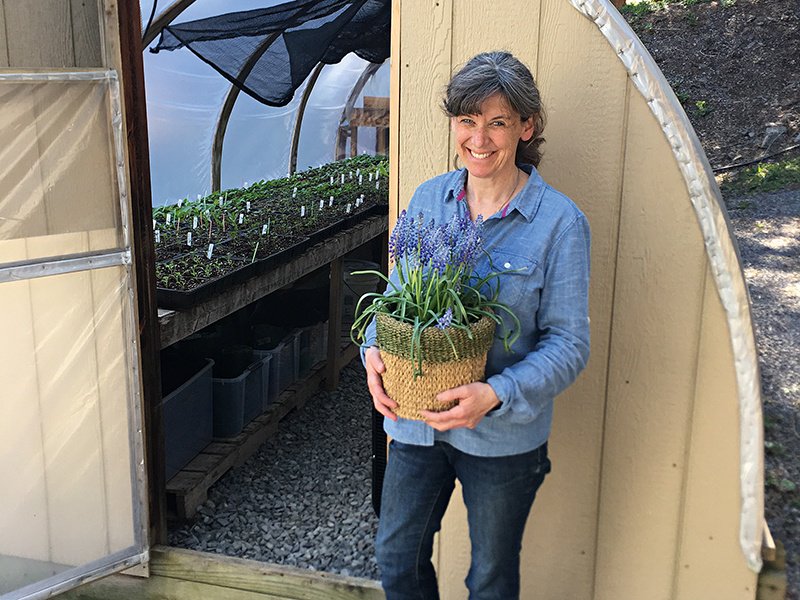
7. Ask the experts
Guidance for budding flower growers is easy to find. Floret Flower Farm’s Cut Flower Garden condenses Benzakein’s expertise into 300 beautifully illustrated pages. She also offers the Floret Online Workshop, a six-week video-based course.
